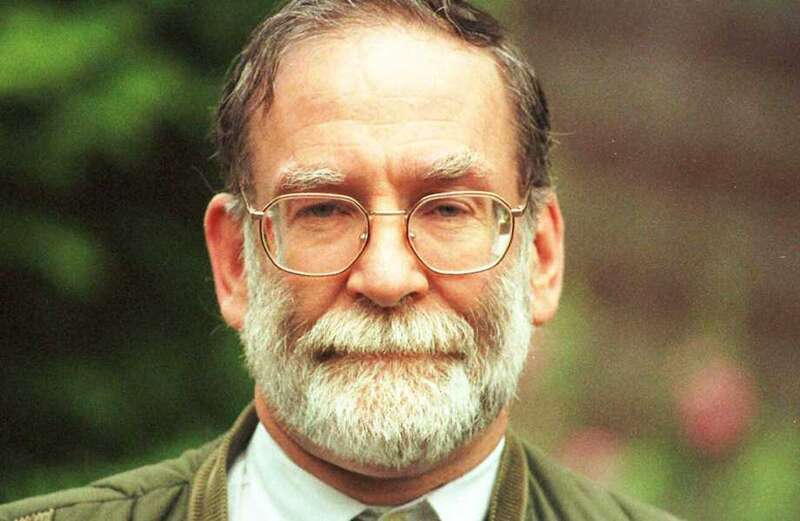HAROLD Shipman became known as Dr Death when he was found guilty of murdering his patients.
He was sent to prison for life for his crimes, but who was he?

Who was Harold Shipman?
Harold Shipman became known for being one of the most prolific serial killers in modern history, with an estimated 250 victims.
He was born on January 14, 1946 on the Bestwood Estate, a council estate in Nottingham.
Shipman was particularly close to his mother, who died of lung cancer when he was aged 17.
 Two New York cops stabbed during celebrations in Times Square
Two New York cops stabbed during celebrations in Times Square
On November 5, 1966, he married Primrose May Oxtoby and the couple went on to have four children together.
What did Harold Shipman do for a living?
Shipman worked as a doctor which is how he had access to his victims.
He studied medicine at Leeds School of Medicine, University of Leeds before graduating in 1970.
His work started at Pontefract General Infirmary, Yorkshire, and in 1974 took his first position as a general practitioner (GP) at the Abraham Ormerod Medical Centre in Todmorden.
The following year, Shipman was caught forging prescriptions of pethidine for his own use.
He was fined £600 and briefly attended a drug rehabilitation clinic in York.
He continued working as a GP in Manchester and then opened his own surgery at 21 Market Street in 1993.
How was Harold Shipman caught?
Shipman was first investigated in March 1998 when Dr Linda Reynolds expressed concerns to John Pollard, the coroner for the South Manchester District, about the high death rate among Shipman's patients.
She was concerned about the large number of cremation forms for elderly women that he had asked to have countersigned.
However, police were unable to find sufficient evidence to bring charges and closed the investigation on 17 April.
 At least nine killed after New Year's Day stampede at shopping centre
At least nine killed after New Year's Day stampede at shopping centre
After the investigation was closed, Shipman went on to kill three more people.
A few months later, in August, taxi driver John Shaw told the police that he suspected Shipman of murdering 21 patients.
He became suspicious because multiple of the elderly customers he took to the hospital died in Shipman's care
Shipman was found to have forged a will and patient notes before being arrested on September 7, 1998.
Who were Harold Shipman's victims?
Shipman was charged with the murders of 15 women by lethal injections of diamorphine, all between 1995 and 1998. However, it is thought he may have killed up to 250 people.
Shipman's confirmed victims were:
- Marie West
- Irene Turner
- Lizzie Adams
- Jean Lilley
- Ivy Lomas
- Muriel Grimshaw
- Marie Quinn
- Kathleen Wagstaff
- Bianka Pomfret
- Norah Nuttall
- Pamela Hillier
- Maureen Ward
- Winifred Mellor
- Joan Melia
- Kathleen Grundy
On January 31, 2000, after six days of deliberation, the jury found Shipman guilty of 15 counts of murder and one count of forgery.
He was sentenced to life imprisonment on all 15 counts of murder, with a recommendation that he be subject to a whole life tariff, to be served concurrently with a sentence of four years for forging Grundy's will.
Did Harold Shipman admit to any murders?
Shipman denied his crimes, disputing the scientific evidence against him.
He never made any public statements about his actions.
His wife also maintained that he was not guilty, even after his conviction.
What happened to Harold Shipman?
Shipman hanged himself in his cell at HM Prison Wakefield at 6:20 a.m. on January 13, 2004, aged 57.
He was pronounced dead at 8:10 a.m.
A statement from Her Majesty's Prison Service said that he had hanged himself from the window bars of his cell using his bed sheets.


































